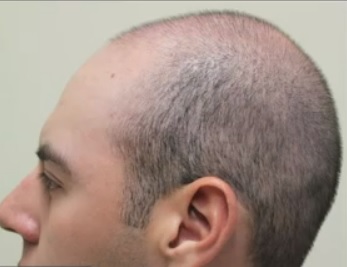Background on the Research Study
The research study was performed by the Perelman School of Medicine at the University of Pennsylvania. 25,000 genes were analyzed. And only one of them coded for an enzyme responsible for producing PGD2. Tissue was taken from bald areas and compared to samples from regions of the head with hair. And this protein was found in higher quantities within the regions affected by hair loss.
The researchers took hair follicles and placed them in a petri dish. They exposed these structures to PGD2. As a result, hair growth was actually inhibited as the follicles miniaturized.
Therefore if a drug were to block this protein, then perhaps the opposite effect may take place, where hair loss could be prevented or even reversed.
Understanding A Broader Picture of Prostaglandins
While this research study illustrates one particular dynamic of prostaglandins and hair growth, there is a larger perspective to consider. According to Dr. Umar, there are numerous types of prostaglandins in the body. And some of them actually promote hair growth. Here are two examples:
(1) Latisse is a drug used to grow longer eyelashes. It’s active ingredient is a synthetic prostaglandin (bimatoprost) that mimicks PGF2. This works to prolong the hair growth phase, so that the longer lashes can develop.
(2) Rogaine is believed to prevent hair loss (and even promote growth) due to the prostaglandin PGE2
Hair Restoration Through the Development of New Drugs?
Many hope that the Perelman study can provide the basis for the development of new drugs to treat baldness. Based on the findings, it would seem that a drug would need to block PGD2.
In all likelihood, multiple prostaglandins are involved in growing hair and inhibiting it. So the solution to stopping or even reversing baldness is more complicated in reality.
Dr. Umar believes that prostaglandins may be considered as part of a comprehensive hair restoration treatment plan.
To read more about the possible use of prostaglandins to grow hair, click here.

